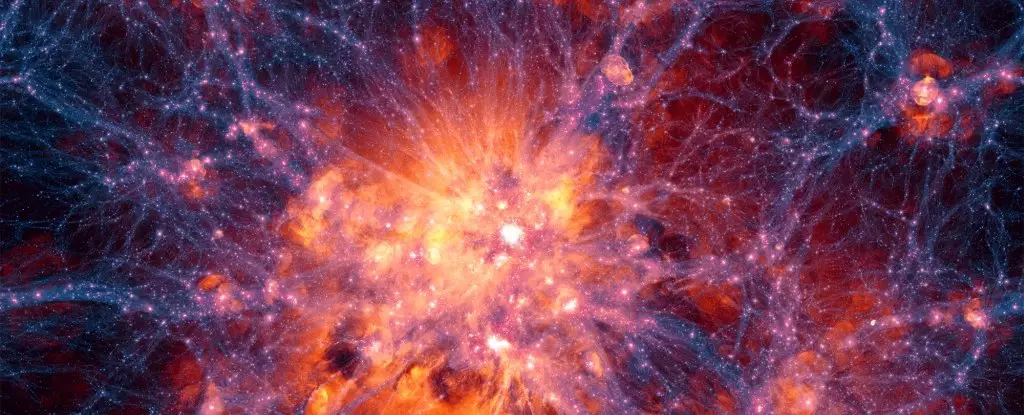Dark matter has remained one of the most puzzling concepts in modern astrophysics. Constituting approximately 27% of the total universe, its existence is inferred through gravitational effects that cannot be explained solely by observable matter—those billions of stars, dust, and cosmic debris that are familiar to us. Despite extensive research, dark matter remains elusive, leading scientists to explore avant-garde experiments that can potentially illuminate its mysteries. Physicists at the University of Southampton, UK, are at the forefront of this exploration, developing a novel detection method that could finally bring us nearer to understanding the very fabric of our universe.
Unconventional Techniques in Microgravity
The approach taken by the Southampton team, led by physicist Tim Fuchs, involves the manipulation of levitating sheets of graphite in a microgravity environment. This unique methodology is pivotal because it allows for heightened sensitivity in measuring forces that are critically small. Unlike classical setups on Earth, where external interference might skew results, microgravity minimizes such influences. Thus, the experiment aims to discern subtle effects that might arise from possible dark matter interactions, specifically a hypothesized “dark wind.”
Fuchs articulates, “If there is a sufficiently high density of dark matter, our levitated particles might experience a measurable push.” This represents a significant deviation from traditional detection techniques, which have consistently failed to yield conclusive evidence of dark matter, largely due to limitations imposed by atmospheric interference and particle collision thresholds on Earth.
Set to launch aboard the Jovian-1 satellite in early 2026, this experiment encapsulates an ambitious leap in the methodology of dark matter detection. The satellite, roughly the size of a shoebox, is to carry various experimental setups, engineered collaboratively by students from the University of Southampton and adjacent universities. Designed to function for a two-year mission in Earth’s orbit, Jovian-1 aims not just to seek dark matter, but to broaden our understanding of its potential properties.
This initiative also underscores the growing importance of international collaboration and educational involvement in cutting-edge research. By engaging students in the development of such high-stakes experiments, the project fosters a new generation of scientists who are well-versed in the complexities of astrophysics and beyond.
Gravity’s Paradox: The Role of Dark Matter
The existence of dark matter has traditionally been supported by astronomical observations revealing discrepancies in the mass that is visible versus the gravitational effects experienced in space. For instance, outer galaxies are observed to rotate at speeds that suggest their mass is far greater than the visible stars and material available. This imbalance posits the existence of an unseen force or substance that significantly outweighs normal baryonic matter—estimates suggest a ratio of roughly six to one.
Despite these compelling indirect indications, direct detection of dark matter has remained elusive, primarily because it does not emit or reflect light, nor does it appear to interact via the electromagnetic force. Instead, its presence is felt solely through gravitational effects, leading scientists to question whether current terrestrial detectors are even properly positioned to observe its effects.
The implications of this experiment could be profound. Should the Southampton team successfully identify signatures of dark matter, it would fundamentally alter our understanding of the universe and the laws that govern it. Moreover, it could validate various theories that suggest dark matter interacts differently with ordinary matter than previously assumed. As Fuchs posits, existing theories propose that dark matter may possess such high interaction rates that it could be entirely deflected by the Earth and, by extension, by terrestrial detection apparatuses.
The quest to decode the nature of dark matter is characterized by innovative experimentation and a keen drive for discovery. With challenges woven into the fabric of the scientific pursuit, the work being conducted by the Southampton physicists not only highlights the limitations of our current understanding but also reflects the relentless human endeavor to harness knowledge, explore the universe, and unveil its hidden dimensions. As we await the launch of Jovian-1, the scientific community watches with bated breath, hopeful that we might soon step closer to resolving one of the greatest enigmas of our time.

Leave a Reply